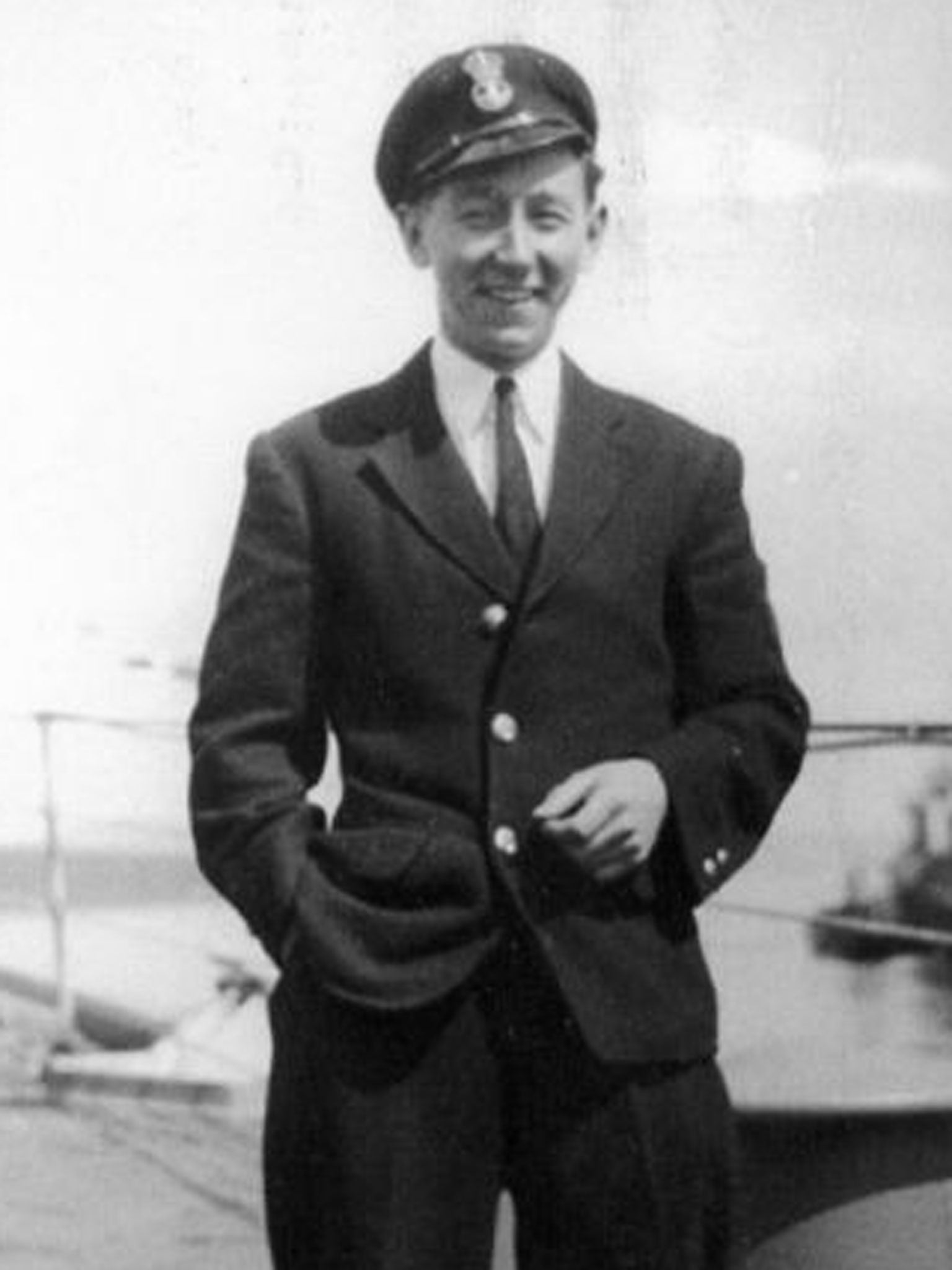Cecil Creber: Naval officer and witness at the 'Marchioness' inquiry
Such was his attention to detail in the cause of safety, he was known as 'The Ferret'

On a balmy August evening in 1989, the Thames pleasure boat Marchioness was involved in a collision with a river tug. Joyous and dancing teenagers were plunged into the water; many drowned. After months of recriminations an inquiry was set up, chaired by John Hayes, then Secretary-General of the Law Society. His report was published in 1992, but was mainly concerned with blame, negligence and compensation.
Many MPs, lead by Nigel Spearing, the MP for Newham South, were far from satisfied, and in 1999 the Government asked Lord Justice Clarke to conduct an inquiry into safety on the Thames. I was told – and it was confirmed by several officials and informed specialist journalists – that one of the most constructive and influential witnesses was Cecil Creber, who was by that time retired and living with his GP son in South Queensferry.
Lord Justice Clarke's remit was “to review the responsibilities of government departments, the Port of London Authority, and any other persons or bodies, for promoting safety on the Thames, and advise.” In particular, he was asked to consider whether the safety measures were sufficient and adequately enforced, and whether safety procedures and rescue facilities on the river were sufficient to respond to emergencies.
Creber was too modest a man to say “I told you so,” but he was entitled to refer to the Marchioness tragedy as an accident waiting to happen. For years, as a senior engineer and inspector in the Board of Trade, immersed in the affairs of the Port of London Authority, he had been warning about the lax discipline on the ever-more congested Thames. Such was his determination to improve safety, and his attention to detail in that cause, that he was known to colleagues as “The Ferret”.
Cecil Creber was brought up in Barrow-in-Furness, where his father worked in the Naval Construction Yard of Vickers-Armstrongs. When the family moved to Plymouth he became, at 14, a Boy Artificer. He told me that in draftsmanship and general technical training his “school” was the equal of the Royal Naval College at Dartmouth.
As a teenager he found himself in the engine rooms of naval escorts for the North Atlantic convoys, particularly that of HMS Stalker. It rankled with him in later life that he was entitled to a medal from the Russians but denied recognition by successive British governments. “You will understand,” he told me, “that those of us in the engine room and the bowels of the ship would have significantly less chance of escape than the rest of the ship's company.”
Towards the end of the war in Europe Creber was posted to the Far East, and was one of the first British personnel into Hiroshima. He once produced for me the photographs of the hitherto unimaginable destruction he had witnessed, and then sighed, “I am ambivalent. I am vehemently against nuclear weapons. Yet I would not be talking to you had President Truman not authorised the use of the atomic bomb. Can you imagine what would have become of us if we had had to fight for every Japanese island, like the carnage in Okinawa?”
Creber stayed on in the Navy and was involved in activity off the coast of Korea. In old age he would often go to the National Memorial for Korean Veterans, and its pagoda, in West Lothian's Bathgate Hills. The Royal Alfred Seafarers' Society, helping injured sailors, was strongly supported by Creber.
Having embarked on a whirlwind romance, and an exceedingly happy marriage to Jean Harris, Creber left the Navy and was soon recruited as an engineer by the Board of Trade. His early years as a government employee were dominated by the Torrey Canyon disaster off the coast of Cornwall. Before and after the massive leaking of oil, Creber preached the need to build double-skin, or indeed treble-skin tankers. “Single-skin tankers invite catastrophe,” he said. In the mid-1970s he was deeply involved in the Amoco Cadiz spill off the coast of Brittany, a disaster he believed could and should have been avoided.
On retirement Creber moved to Linlithgow, where he was soon accepted as the hyper-active and invaluable Secretary of the Community Council. Over two decades, when I held my weekly MP's surgery in the town's Burgh Halls, Cecil would turn up, considerately waiting to the end of my queue, then proceed to fill me in on what he and his colleagues were thinking. I never did know – nor did I ask – what his party politics were. What local people did know was that the incomer, Cecil Creber, contributed greatly to West Lothian's becoming the UK Council of the Year in 2006.
Cecil Arthur Creber, naval engineering officer: born Barrow-in-Furness 17 October 1923; served North Atlantic convoys 1940-45, and Korean War; Inspector, Board of Trade Maritime Division; Secretary, Linlithgow Council 1988-2008; married 1947 Jean Harris (one son, two daughters); died Livingston 1 December 2012.
Join our commenting forum
Join thought-provoking conversations, follow other Independent readers and see their replies
Comments